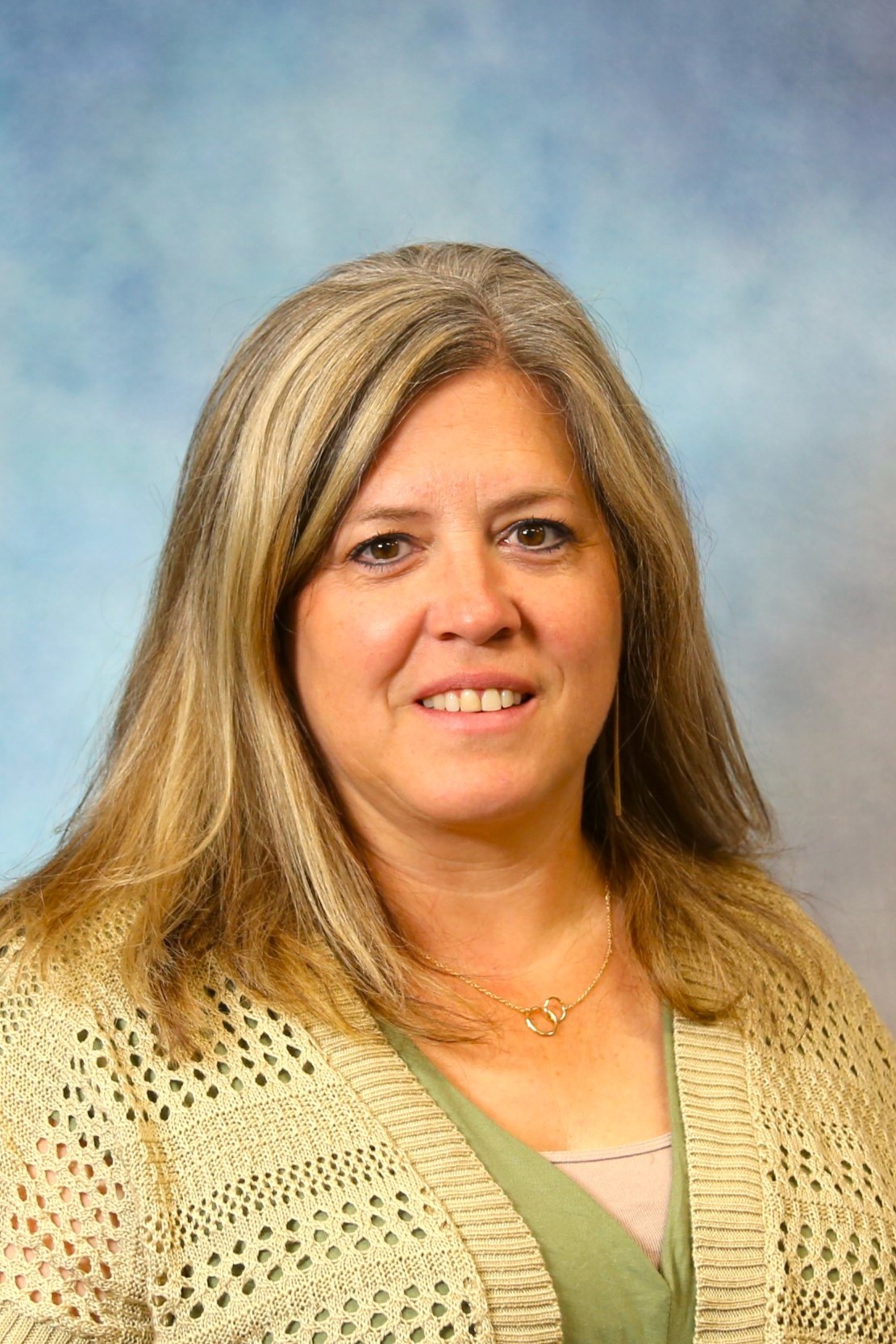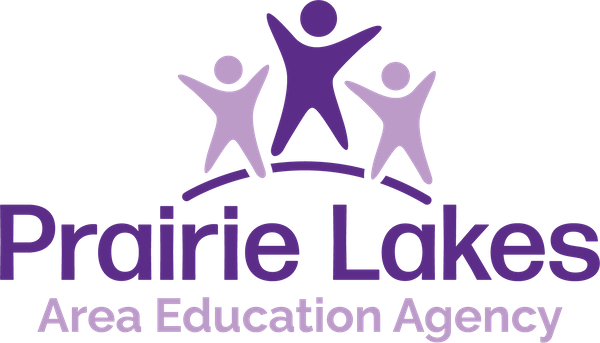Statewide Science PL Opportunities
When Iowa adopted the Next Generation Science Standards Performance Expectations as our new Iowa Core Science Standards in 2015, science educators across the state were excited, and perhaps a little uncertain, of what the future held for their classrooms. Exactly what does a three-dimensional classroom look like? What does three-dimensional even mean?
We are three years into implementation, and the wealth of NGSS-aligned materials is growing. PLAEA has assembled some helpful websites to set you on the path of creating classrooms where students are fluent in the Science and Engineering Practices (SEPs), Disciplinary Core Ideas (DCIs), and the Crosscutting Concepts (CCCs) -- the three dimensions of the Next Generation Science Standards. Your science consultants are happy to help you make three-dimensional learning and teaching a reality in your classroom!
The Basics
The Basics
K-12
K-12 Resources
Quality Examples of Science Lessons and Units - These lessons and units have been submitted to the EQuIP Peer Review Panel and evaluated as Examples of High Quality NGSS Design, Examples of High Quality NGSS Design if Improved, or Quality Works in Progress. Review the feedback to gain a sense of the materials’ purpose, strengths, and areas that would benefit from revisions.
NGSS Design Badge Units - These units have been reviewed by Achieve or Achieve’s Science Peer Review Panel and have received the highest rating on the EQuIP Rubric for Science.
]Innovative Technology in Science Inquiry
State of New Jersey Model Science Curriculum
Pre-K
Pre-K Resources
Elementary (K-5)
Elementary (K-5) Resources
ASSIST Science (Argument Based Strategies for STEM Infused Science Teaching) is an Iowa-based curriculum developed through partnerships among the University of Northern Iowa, The University of Iowa, and school districts
Phenomenal Science is a K-5 curriculum developed in Michigan that meets all Iowa Core Science Standards/ NGSS. This document offers easier access to the PS units.
SAIL Curriculum, full curriculum that includes all of the 5th grade NGSS. Includes the NGSS Design Badge unit, Garbage. To access the full curriculum, you must scroll down to enter your information. Immediate access to the full curriculum is then granted.
MackinVIA Science Books - Use MackinVIA to find books that align to the Disciplinary Core Ideas (DCIs) for your grade-level.
Middle School (6-8)
(Please note that Iowa created grade-level standards rather than using the grade-span Performance Expectations of the NGSS.)
Middle School (6-8) Resources
Iowa 8th Grade Science Bundles
OpenSciEd - Units will be released two per grade-level, two per year beginning in August 2019. Please contact Hope Brown to review Iowa’s Scope and Sequence of units.
Model-based Inquiry Example Units - Organized by Disciplinary Core Ideas, middle school units listed first followed by high school units
UNI ICCISC (Integrating Crosscutting Concepts in Iowa Science Classrooms)
High School
High School Resources
- High School Integrated Science Curriculum based on the NGSS Conceptual Progression Model Course 1
- Interactions from Concord Consortium (primarily physical science)
- inquiryHub
iHub Chemistry Launch Page
iHub Biology Launch Page - NextGenStorylines
- Illinois Science Teachers Storylines (biology)
- Model-based Inquiry Example Units - Organized by Disciplinary Core Ideas, high school units listed after middle school units
- New Visions Science Curriculum
- UNI ICCISC (Integrating Crosscutting Concepts in Iowa Science Classrooms)
Looking for specific tasks? Try these sites...
NGSS@NSTA - To access specific NGSS-aligned resources, type the NGSS Performance Expectation/Iowa Core Science Standard code in the Search NGSS@NSTA box (located in the upper right hand side of the screen). The first link will take you to the webpage for the Performance Expectation. Included on the page are the Foundation Boxes, National Science Teachers Association (NSTA) Vetted Resources, and Connections to ELA and Math Common Core. When you select an NSTA Vetted Resource, you will be directed to the webpage that includes a description of the resource, current NGSS alignment AND suggestions for how to make the resource more aligned, and a link to the resource.
Finding & Using Phenomena
Using the three dimensions (SEPs, DCIs, and CCCs) to figure out phenomena is what scientists do every day in their work. When students are required to act like scientists in our classrooms, deep scientific understanding will be attained. Use the following resources to learn more about using phenomena in your classroom and to find phenomena for use in your next storyline.
Finding & Using Phenomena Resources
- Using Phenomenon in NGSS-designed Lessons and Units
- Criteria for Evaluating Phenomenon
- Iowa Science Phenomena - videos curated by Iowa PBS to use for anchoring and lesson-level phenomena
- Phenomenon for NGSS
- The Wonder of Science – Phenomena
- #ProjectPhenomena
- Science GSE Phenomena Bank
- Model-Based Inquiry - Phenomena ideas (organized by Disciplinary Core Idea)
Do you already have tasks or units that you want to check for NGSS alignment? Use these screeners and rubrics…
Screeners & Rubrics
- Achieve Science Task PreScreen - Can be used to conduct a quick review of assessment tasks to identify any “red flags” – challenges commonly found in science assessment tasks – and determine whether a task is worth diving into more deeply.
- Achieve Science Task Screener - Used to take a deeper dive into evaluating science assessment tasks. Assumes understanding of A Framework for K-12 Science Education,
- NGSS Lesson Screener - Quick lesson evaluation (think of it as EQuIP-lite). Assumes understanding of A Framework for K-12 Science Education, Appendix A, and the Innovations of the NGSS. Note: This brief paper may be used as the reference document when evaluating Criterion C.
- EQuIP Rubric for Lessons and Units
- NextGen TIME - For reviewing full science programs
- NGSS Instructional Materials Design (PEEC)
Rubrics for Assessing Student Work
Assessing the Three-Dimensions
Assessing the Three-Dimensions Resources
Task Annotation Project in Science from Achieve provides annotated examples of three-dimensional assessment tasks for elementary, middle, and high school as well as a series of short resources that highlight the major takeaways across the whole project.
SNAP Assessments for NGSS from the Stanford NGSS Assessment Project has developed three types of assessments to model each component of their system of assessments: short-response items; short performance assessments (SPAs); and instructionally-embedded assessments (IEAs). The assessments are developed for NGSS Performance Expectations (PEs) in Physical Science, Earth & Space Science, Life Science, and Engineering.
Next Generation Science Assessment applies the evidence-centered design approach to create classroom-ready assessments for teachers to use formatively as they assess student progress toward achieving the NGSS performance expectations.
Supporting K-12 Science Teachers
Supporting K-12 Science Teacher Resources
Instructional Leadership for Science Practices offers tools that administrators, instructional coaches, and teachers can use to support and assess student use of the science and engineering practices to develop classroom learning environments that are collaborative, student-directed, language rich, focused on scientific evidence, and connected to the natural world. The tools can be used alone or in conjunction with other supervision and instruction tools.
Supporting K-12 Science Teacher Resources
Instructional Leadership for Science Practices offers tools that administrators, instructional coaches, and teachers can use to support and assess student use of the science and engineering practices to develop classroom learning environments that are collaborative, student-directed, language rich, focused on scientific evidence, and connected to the natural world. The tools can be used alone or in conjunction with other supervision and instruction tools.
Need materials for your classroom?
See if you can use the AEA Science & Math Purchasing Discount Program.
Not sure how to best unpack your Standards to create coherent units? Would you like support in the design and implementation of Iowa Core Science/Next Generation Science Standards lessons and units? Do you have questions about the resources shared here, or resources that weren’t shared? Please contact us. We are here to help!
Important contacts
Staff Directory
